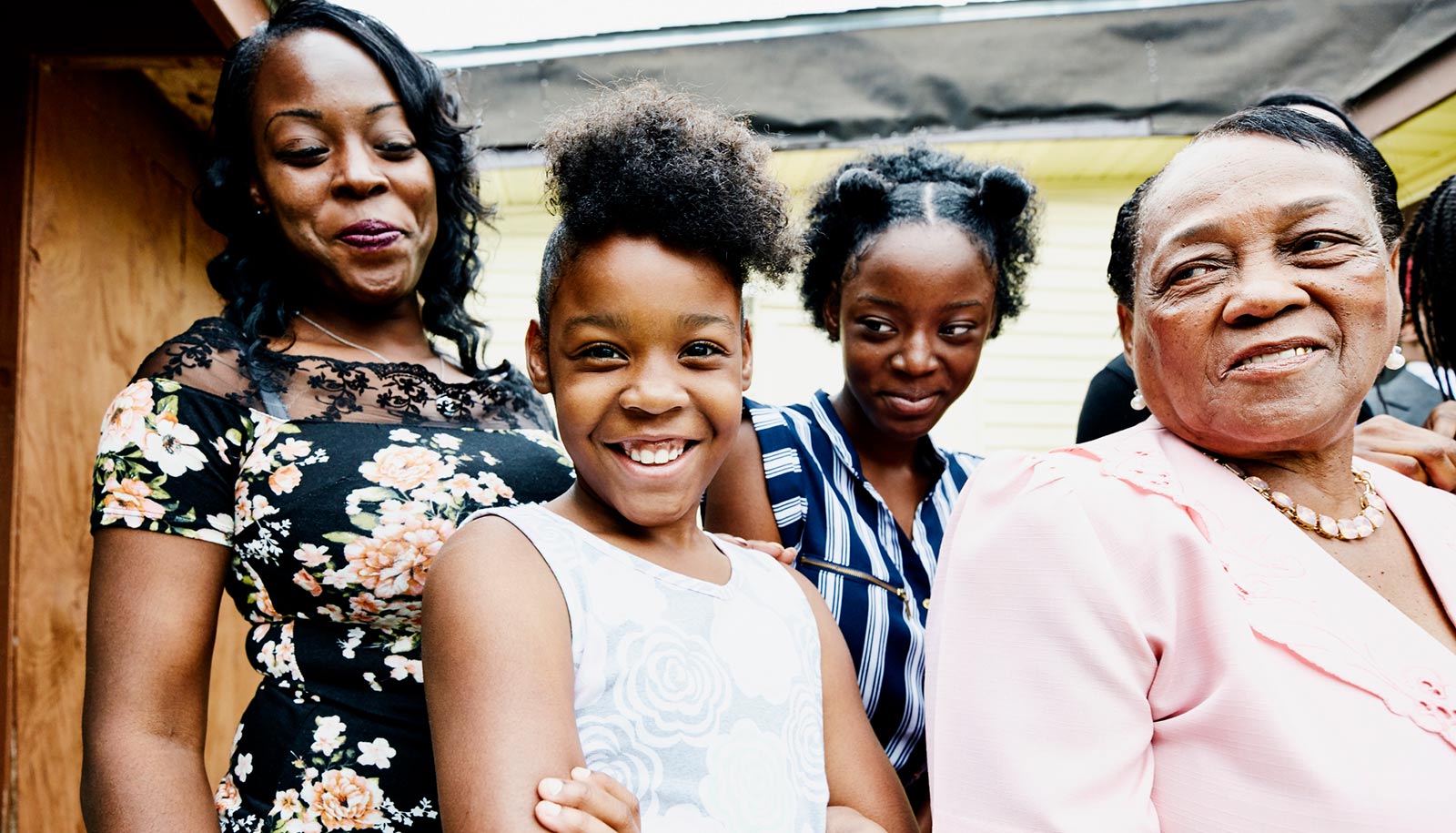The vast majority of Black adolescents have experienced racism, experience anticipatory stress about experiencing racism again, and their racial identity can influence that stress in a variety of ways, research finds.
“We know that racism is stressful,” says Elan Hope, corresponding author of the study and an associate professor of psychology at North Carolina State University. “Part of that stress is anticipatory—waiting for the next racist thing to happen. But not everyone experiences this stress the same way. We wanted to know how racial identity may influence the way teens experience this stress. Can racial identity buffer them from this type of stress? Can it make it worse? The answer is complicated.”
To that end, the researchers conducted an in-depth survey of 442 Black adolescents between the ages of 14 and 17. The survey included questions about each participant’s experiences with racism; various aspects of their racial identity; and questions aimed at understanding the extent to which they experienced anticipatory racism-related stress.
“Racism is pervasive, and the vast majority of our study participants reported experiencing it…”
The researchers focused on three aspects of racial identity: centrality, private regard, and public regard. Centrality is how important being Black is to a study participant’s sense of self. Private regard is how the participant feels about Black people in general. Public regard is how the participant thinks other people feel about Black people in general.
The researchers also examined four aspects of anticipatory stress: psychological stress; physiological stress; “perseverative cognition”—when you can’t stop thinking about something; and “secondary appraisal”—which assesses the extent to which someone effectively evaluates their ability to prevent or reduce harm caused by a racism-related event.
Of the study participants, 94% reported experiencing racism.
“We found that racial identity is a mixed bag when it comes to its relationship with anticipatory stress,” Hope says.
For example, the higher study participants scored on private regard, the less psychological stress they reported in anticipation of experiencing racism. But private regard did not appear to have any protective effect against the other aspects of anticipatory stress.
Meanwhile, the higher participants scored on centrality, the more anticipatory stress they reported across the board.
“This is complicated, because while high centrality scores were associated with worse anticipatory stress, previous research makes clear that there are many reasons it is important for Black people to feel good about being Black,” Hope says.
Researchers also found that higher public regard is associated with participants having less racism-related anticipatory stress. However, scoring high on public regard can pose challenges of its own. For example, there is some concern that Black teens who score high on public regard may be more likely to blame racist experiences on their personal characteristics, when they’ve done nothing wrong.
“This doesn’t mean that we should lie to kids about the state of racism in the world, but it highlights the value of kids being exposed to environments where people care about Black communities and are committed to anti-racism,” Hope says.
“Ultimately, the study highlights that while racial identity can help, there is a limit to what Black adolescents can do to protect themselves from the stresses associated with racism. And that, in turn, underscores the need for us, as a society, to address racism in a meaningful way.
“Racism is pervasive, and the vast majority of our study participants reported experiencing it,” Hope says. “Adolescence is a period of development when people begin to come to terms with who they are and how they fit into the world.
“Parents, teachers, and caregivers need to be proactive about supporting these youth as they navigate who they are in terms of their race and what that will mean for how they interact with the world.”
The paper appears in the American Journal of Orthopsychiatry. Coauthors are from NC State, Rutgers University, and the University of Michigan.
Source: NC State



